De Havilland Canada has a rich history of producing robust and versatile aircraft, particularly suited for challenging environments and short takeoff and landing (STOL) operations. Let’s examine their civil aviation offerings.
1
DHC-1 Chipmunk
The first De Havilland Canada aircraft was a favorite trainer and private aircraft
|
The De Havilland DHC-1 Chipmunk |
|
|---|---|
|
First Flight |
22 May, 1946 |
|
Manufacturer |
De Havilland Canada |
|
Roles and Uses |
Primary training, aerobatic maneuvers, and civilian uses |
|
Number Built |
1,284, including Canadian, British, and Portuguese production |
|
Current Status |
Hundreds of the type remain airworthy worldwide |
The DHC-1 Chipmunk, introduced in 1946, was De Havilland Canada’s first indigenous design. While primarily used as a military trainer, it also found popularity in civil aviation. The Chipmunk is a two-seat tandem-configuration single-engine design. The DHC-1 is typically powered by a de Havilland Gipsy Major engine.
It is designed with all-metal construction, albeit with fabric-covered control surfaces. The high Plexiglas canopy provides excellent visibility from the cockpit.
The Chipmunk remained in production until 1956, with over 1,000 units built.
2
DHC-2 Beaver
A rugged and iconic utility plane for bush flying in Canada and Alaska
Introduced in 1947, the DHC-2 Beaver is a rugged bush plane designed for Canadian conditions. It is also widely used in Alaska bush flying operations. Its notable characteristics include:
- STOL capabilities as both a land- and seaplane
- Single-engine, high-wing design
- The standard unmodified Beaver is powered by a single 450 hp (340 kW) Pratt & Whitney R-985 Wasp Junior radial engine.
- An upgrade to the Beaver is replacing the P&W Wasp radial with a P&W PT-6 turbine
- Versatile, able to be fitted with wheels, floats, or skis
- Capacity for 6-7 passengers or cargo
The De Havilland Beaver became highly successful, with over 1,600 built.
3
DHC-3 Otter
Building on the success of the DHC-3, DHC designed the larger Otter
Photo: Wikimedia Commons | Gillfoto
De Havilland Canada introduced the DHC-3 Otter in 1951. Features include:
- Single-engine design
- Increased passenger capacity (up to 11)
- Improved STOL performance
- Ability to use wheels, floats, or skis
The De Havilland Otter is a renowned workhorse highly regarded by western Canadian and Alaskan bush pilots. Nevertheless, the aircraft has developed an unfortunate accident record that is not wholly due to its operation in rugged terrain and adverse weather conditions.
Accidents have occurred purportedly due to airframe failure and control system malfunction.
4
DHC-4 Caribou
A twin-engine utility aircraft originally designed for troop transport
Photo: Wikimedia Commons | Daniel Tanner
|
DHC-4 Caribou Specifications |
|
|---|---|
|
Engine Type |
|
|
Cruise Speed |
181 mph |
|
Top Speed |
216 mph |
|
Range |
1,280 NM |
|
Manufacturer |
De Havilland Canada |
|
Length |
73 ft |
|
Passenger Capacity |
32 |
The DHC-4 Caribou, first flown in 1958, was primarily a military transport but also saw civil use. Key features:
- Twin-engine design
- Rear cargo ramp
- Excellent STOL performance
- Capacity for up to 32 troops or equivalent cargo
The aircraft is known to be slow—pilots report that it is sometimes passed by migrating Canada geese.
5
DHC-5 Buffalo
The larger turboprop derivative of the DHC-4 Caribou
An enlarged version of the Caribou, the DHC-5 Buffalo first flew in 1961. While mainly used for military purposes, it also had limited civil applications. The aircraft saw service in military service during the Vietnam War and was put to use in wildfire suppression and as a smoke-jumper parachute aircraft in Canada and the western US.
In 2006, Viking Air of Victoria, British Columbia, purchased the type certificates for all versions of the DHC-1 through DHC-7 De Havilland Aircraft, which was owned by Bombardier Aerospace. The transaction gave Viking exclusive rights to manufacture and sell new De Havilland Aircraft.
Viking Air announced in December 2008 its plan to restart production of a PW150 turboprop-powered DHC-5 Buffalo at the Viking factory in Victoria, British Columbia, or Calgary, Alberta. However, the project depended on the Canadian government selecting the aircraft to replace the aging DHC-5A fleet.
Instead, Canada chose the CASA C-295.
6
DHC-6 Twin Otter
The DHC-6 Twin Otter became one of De Havilland Canada’s most successful aircraft.
Photo: Wikimedia Commons | Biggerben
De Havilland introduced the DHC-6 Twin Otter in 1965 as a twin-engine replacement for the single-engine DHC-3 Otter. Design features include:
- Twin turboprop engines (initially Pratt & Whitney Canada PT6A-20)
- Fixed tricycle undercarriage
- Double-slotted trailing-edge flaps and ailerons working in unison for enhanced STOL performance
- High-wing configuration
There were four Twin Otter variants produced in several series:
- Series 100: Initial production model (1965-1968)
- Series 200: Improved STOL performance, longer nose (1968-1969)
- Series 300: More powerful PT6A-27 engines, most popular variant (1969-1988)
- Series 400: Restarted production by Viking Air (now De Havilland Canada) with modern avionics (2008-present)
Performance and Popularity
The Twin Otter is the turboprop workhorse for many demanding industries. The STOL capabilities of the DHC-6, coupled with its reliability and versatility, make it extremely popular for various roles:
- Commuter airliner (typically 18-20 passengers)
- Cargo transport
- Medical evacuation
- Skydiving operations
- Aerial parachute firefighter deployment
- NOAA Weather Survey
- Remote area operations (including Arctic and Antarctic missions)
As of 2023, over 1,000 Twin Otters have been built, and production continues.
Photo: NOAA
7
DHC-7 Dash 7
The “Dash 7” was designed for short, obstructed city airports
Introduced in 1975, the DHC-7 was a four-engine STOL regional airliner. Features include:
- Quiet operation for use at city-center airports
- Capacity for up to 50 passengers
- Excellent short-field performance
While innovative, the Dash 7 was not as commercially successful as its successor.
8
DHC-8 “Dash 8”
The Dash 8 series are capable airliners flown worldwide
Photo: De Havilland Canada
The DHC-8, known as the “Dash 8,” was introduced in 1984 as a more conventional regional airliner. Key features:
- Twin turboprop design
- Higher cruise speed than the Dash 7
- Multiple variants with increasing passenger capacity
- Q (Quiet) series with active noise and vibration suppression
Variants include:
- Series 100/200: 37-40 passengers
- Series 300: 50-56 passengers
- Series 400: 68-90 passengers
The Dash 8 has been highly successful, with over 1,000 built.
De Havilland Canada’s civil aircraft, particularly the DHC-6 Twin Otter, have played a significant role in aviation history. Their emphasis on STOL performance, reliability, and versatility has made them popular for operations worldwide in challenging environments. The continued production of the Twin Otter and plans for future Dash 8 production underscore the enduring legacy of these designs.

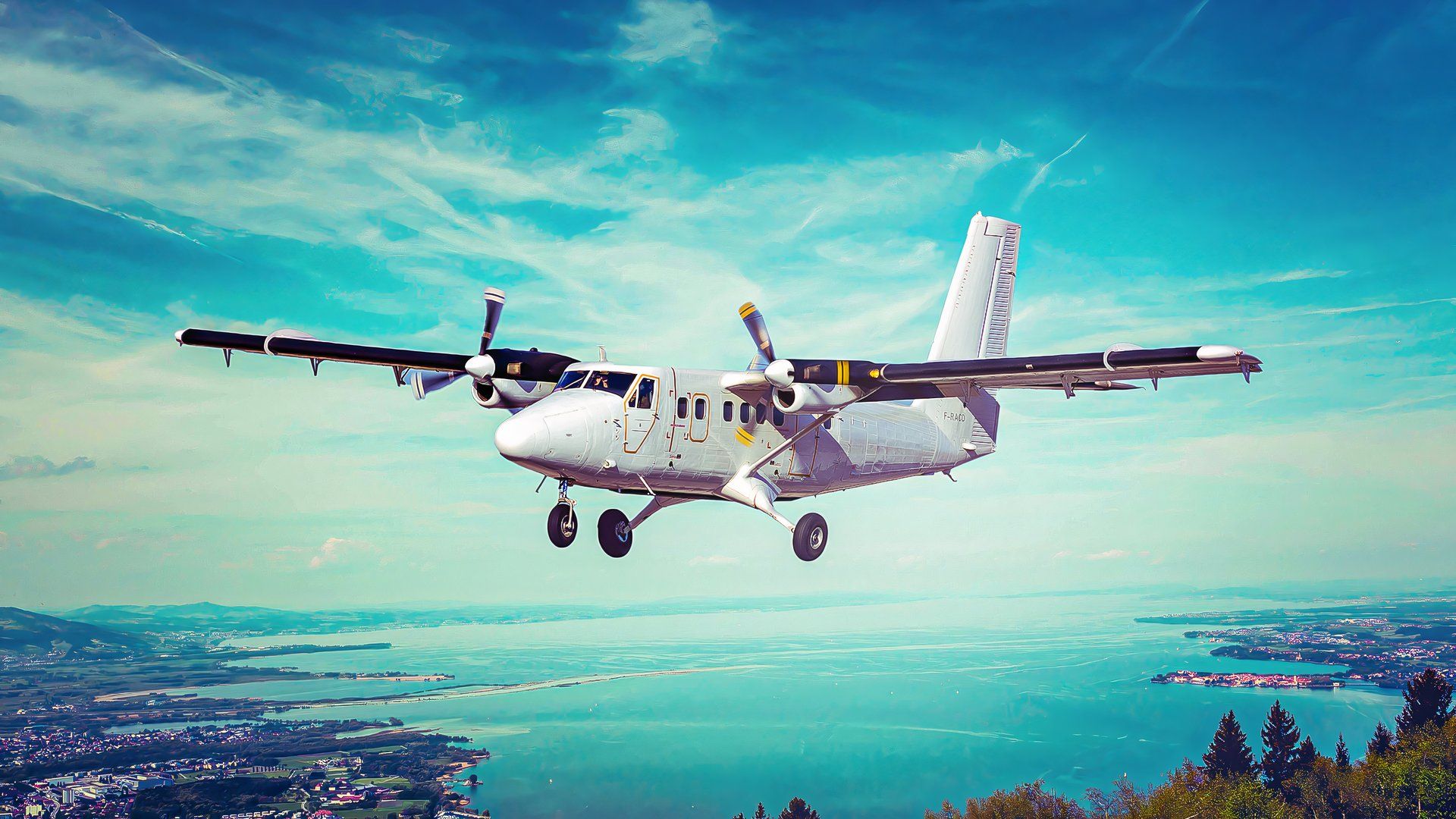
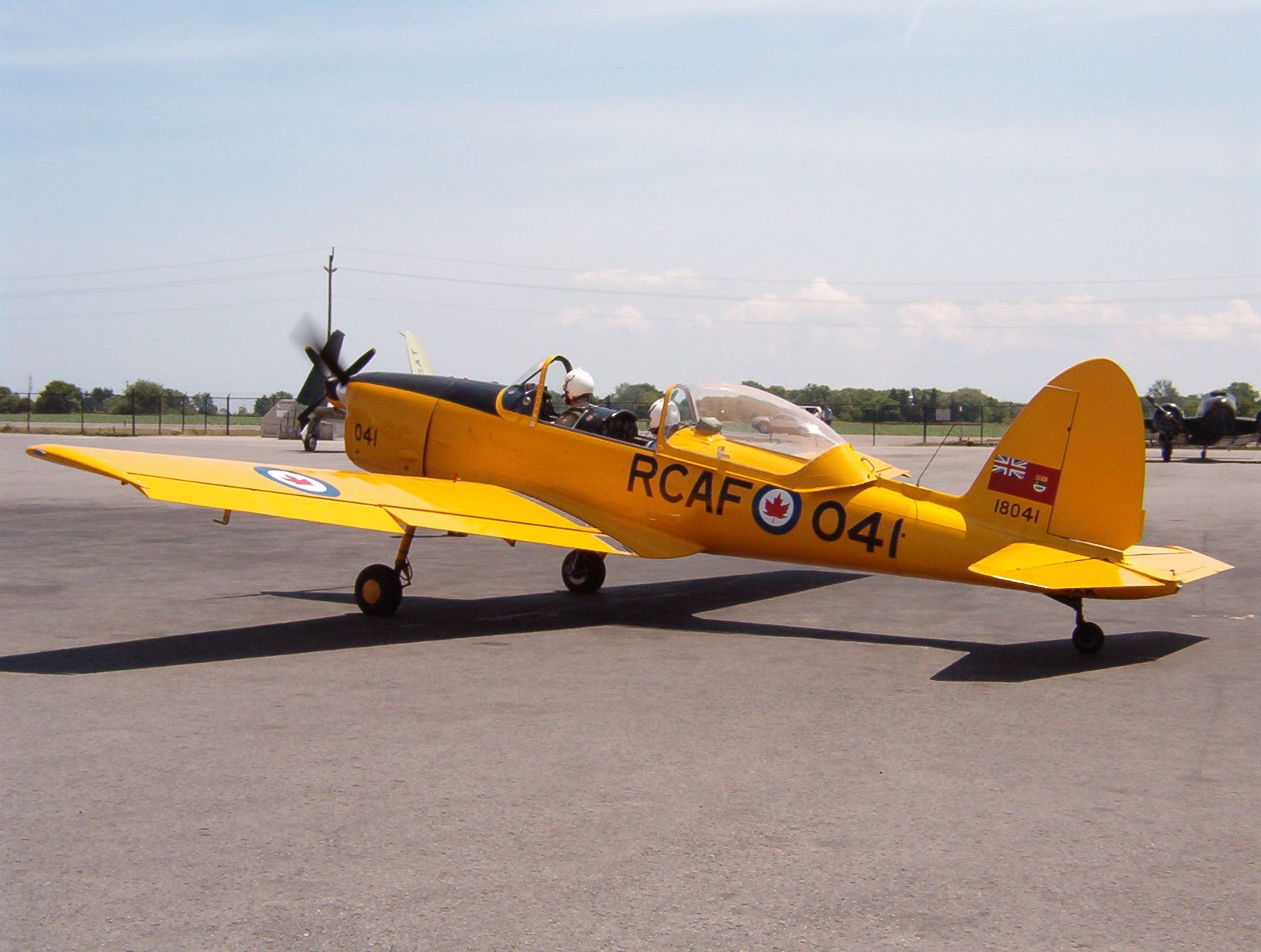
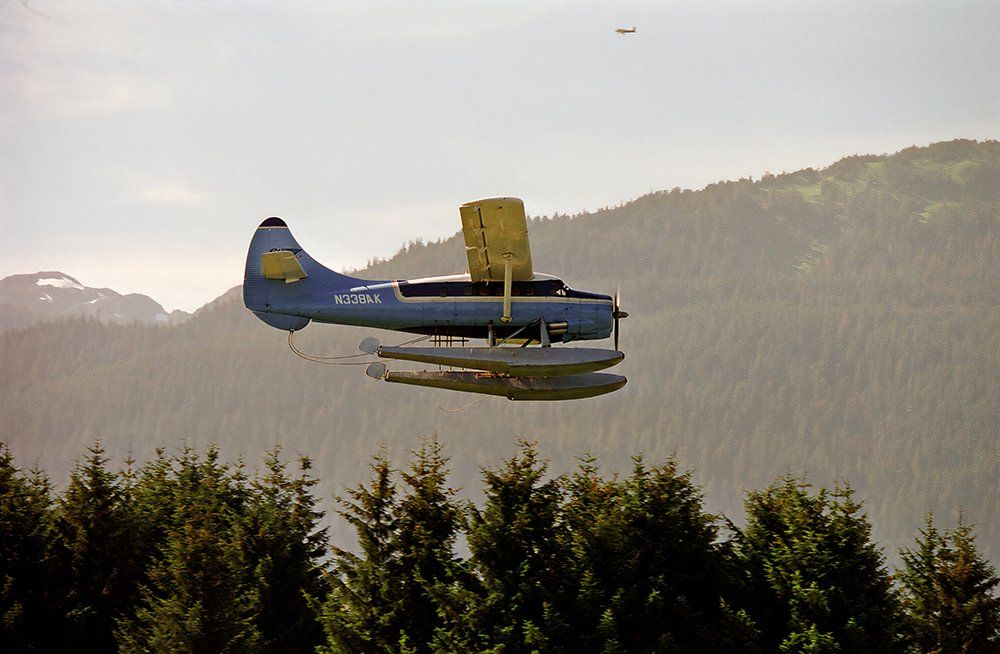
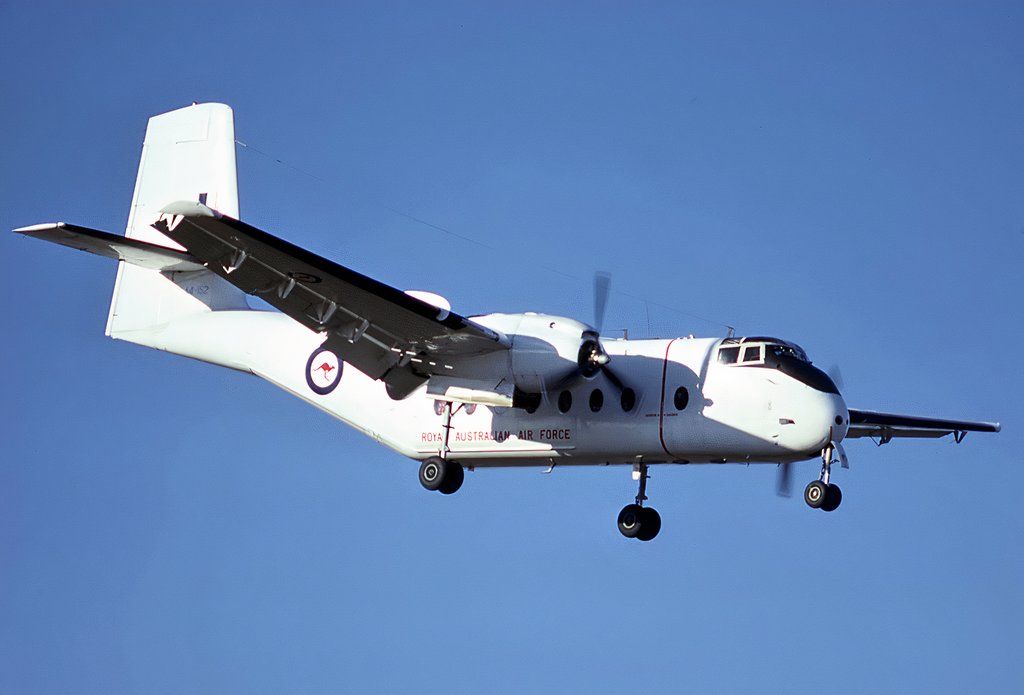
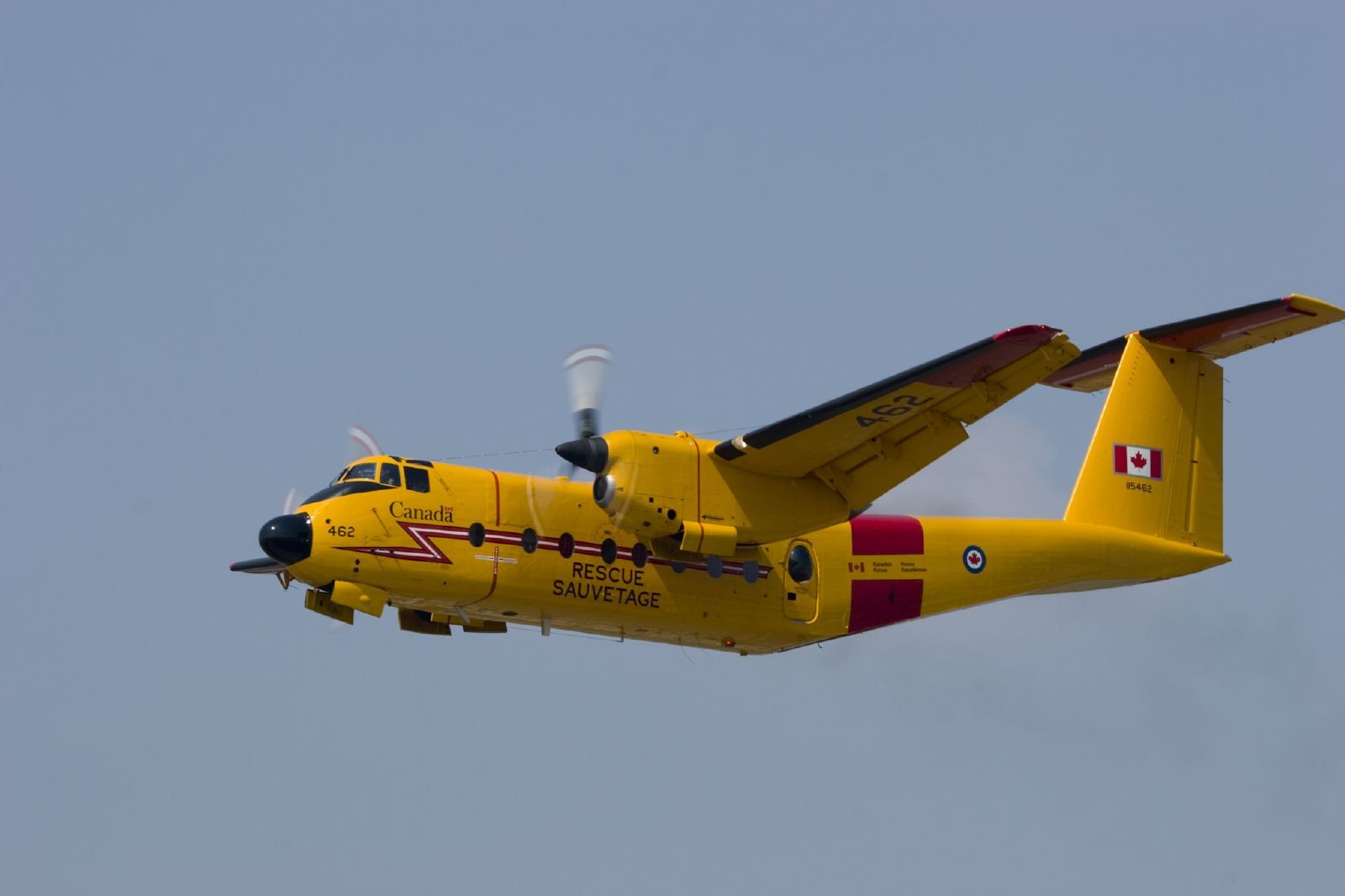

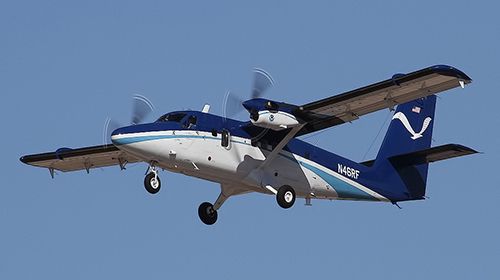
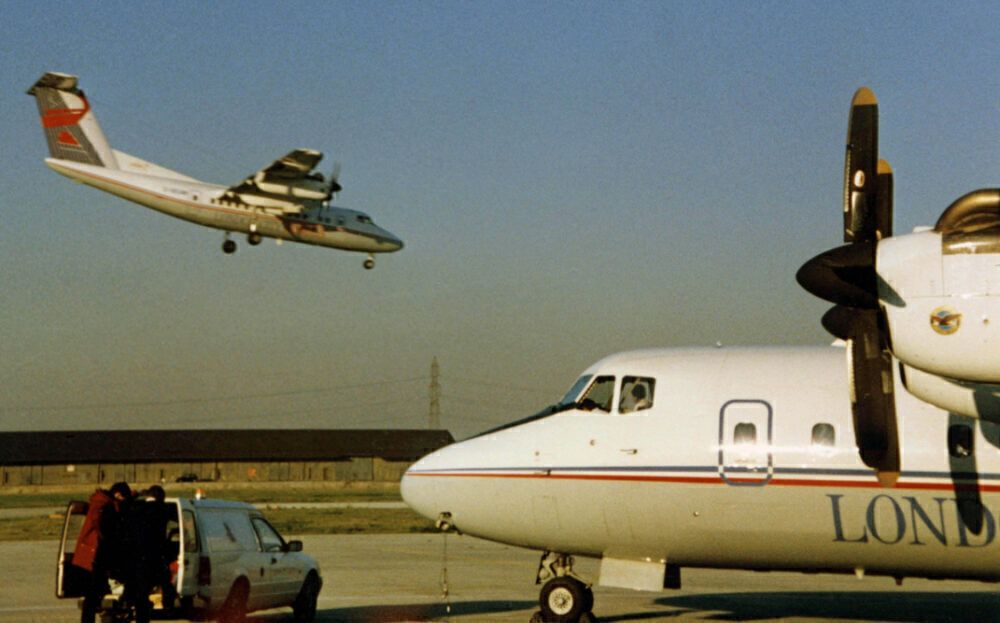
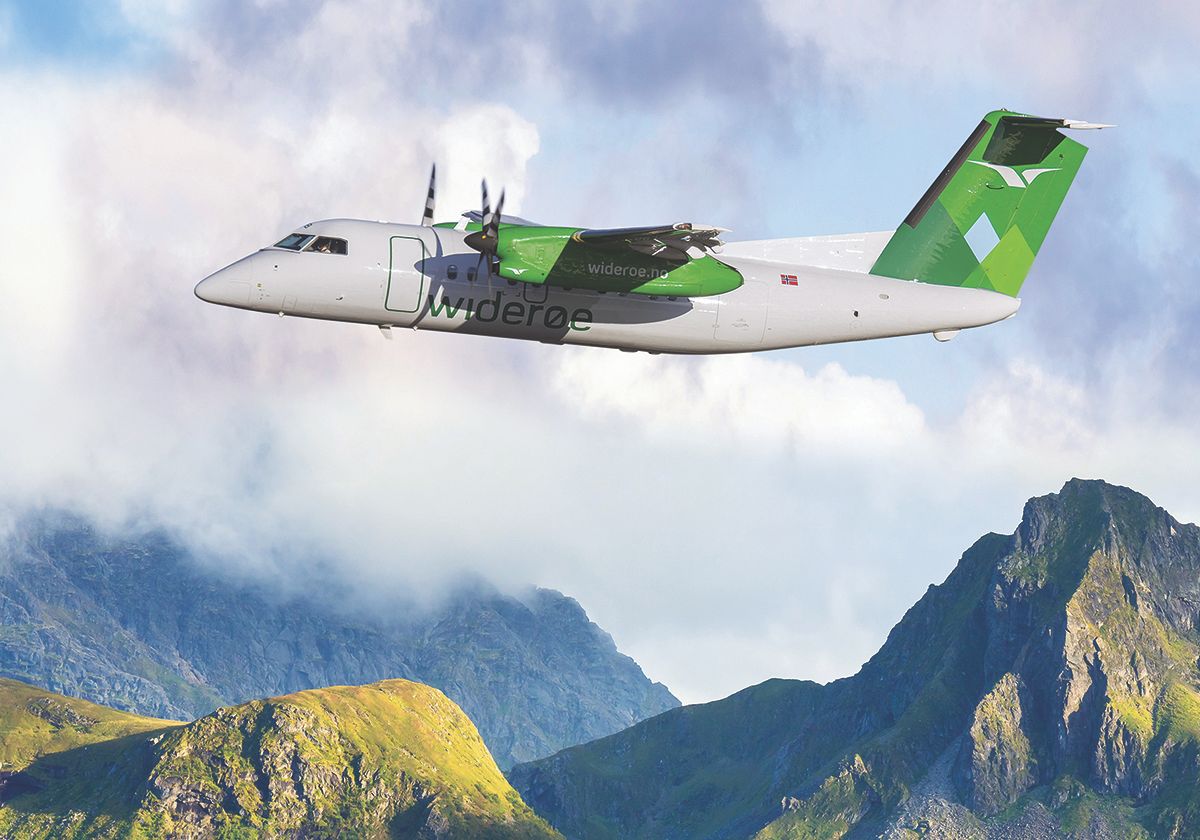
_AN1400564.jpg)